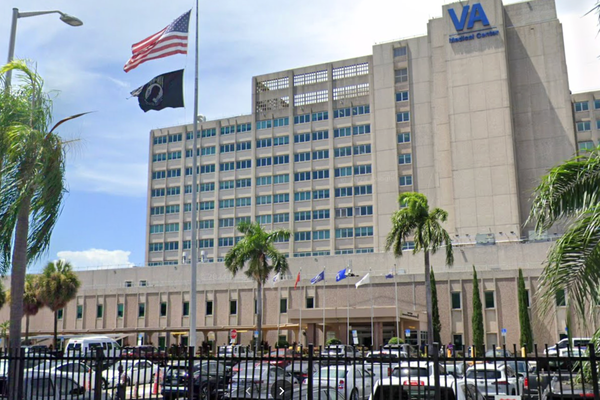
It is a measure of Britain’s political vacuum that radical solutions to the energy crunch are being provided not by the prime minister but by Gordon Brown – someone who left Downing Street more than 12 years ago.
No question, the country is being failed by its current leaders. Boris Johnson turned up to a meeting with electricity companies organised by the chancellor, Nadhim Zahawi, and the energy secretary, Kwasi Kwarteng, but it was really just a PR exercise intended to show the government is doing something while the clock runs down.
There were no new substantive proposals, merely a joint pledge by government and industry to work together to ensure the public would be protected as “unprecedented” global events drove prices higher. There was a vague hint from the chancellor about a tougher windfall tax but the real message was: “We can do nothing but feel your pain.”
Johnson made that abundantly clear when he said any fiscal decisions would be left to the next prime minister when they take over at the beginning of September. It is up to Rishi Sunak or Liz Truss to say how much support they will provide and how they will pay for it, something they have so far failed to do.
In an article for the Guardian, Brown says the lessons he learned from being at the helm during the 2008 global financial crisis were the importance of being ahead of events rather than behind the curve, and to get to the root of the problem. Judging by the way the government is blundering into a crisis, neither lesson has been learned.
That’s not to say the parallels with 2008 are exact. Back then, the solution was to nationalise or part-nationalise failing banks, pump state capital into them, then allow them to carry on functioning as before.
The energy supply companies represent a different problem. They are going concerns and don’t need a bail out. Nationalising them would be expensive and – given many of them are foreign owned – fraught with legal difficulties. The government could take energy companies under state control and cap bills at a much lower level than the one determined by the global gas market, but that’s what it is effectively already doing through discounts.
Brown says nationalisation should be kept in reserve as a last resort, but even so his plan – a suspension of the price cap, greater financial help for the neediest, voluntary energy cuts, home insulation to be treated with the same urgency as the Covid-19 vaccination programme, a tougher windfall tax and a levy on high City bonuses – still has more meat to it than anything Sunak or Truss has produced thus far.
Then again the party Brown once led is not exactly covering itself in glory either. Britain is sliding towards the precipice, so where is Labour?
Another gap to add to all the others in the UK economy
Britain has some clear divides. There is the gap between rich and poor, the gap between north and south, the gap between cities and towns. To that list should now be added the gap between small and big businesses.
That much is obvious from the latest snapshot of the economy provided by the Office for National Statistics and covering the period in late July and early August.
A big business is defined as a company with more than 250 employees and while this group accounts for only 0.1% of the total, it employs almost 40% of UK workers. In the past three months, 5% of these businesses made one-off payments to their staff in response to the cost of living crisis.
For businesses with fewer than 250 employees it was a different story. Of them, only 1% topped up salaries with a payment. It was a similar story with wages: workers in firms with more than 10 employees were more likely to be getting a pay increase.
A number of conclusions can be drawn from these nuggets of information. One is that even among big businesses top-up payments are not especially widespread. A second is that small businesses are hanging on by their fingertips even before they are whacked by much higher energy bills in the autumn.
A third is that fears of a wage-price spiral are completely overblown. The TUC says by the end of the year real wages – pay adjusted for inflation – will be falling by 7.75% if the Bank of England’s estimates are right. There have been bigger squeezes on real pay but you have to go back a 100 years to find one.







